Sunday E-dition: From Vineyards to the Sea — A Highway 128 Drive
By Georgeanne Brennan
NAPA VALLEY, Calif. — The Mendocino Coast is my go-to destination to beat the summer heat. I take Highway 128 from its eastern end in Winters, winding through vineyards, redwood forests, past lakes and streams to reach the pounding, mist-shrouded Pacific Ocean. It’s about a two-hour drive from Napa to Mendocino, and more than once I’ve made a one-day, round trip drive just to inhale that briny sea air, walk along the cliffs, and have something good to eat and drink.
However, with stops along the way, sometimes an overnight stay, it can take a day or several. My most recent trip took me to MacCallum House, a historic inn and restaurant in the heart of the small town of Mendocino. I’d been hearing good things about the restaurant, so in the heat of a 100-degree day, I booked a room and made a dinner reservation. I noted the location was only a short walk to the Land’s End cliffs of the Mendocino Headlands State Park, one of the most exhilarating places along the coast.
A Champagne Start – An Option
It’s hard to resist beginning the trip with Champagne at Auberge du Soleil, overlooking the first valley I’ll soon be traversing. If I make a right turn off Highway 128 at Silverado Trail and immediately another right, it takes me up the swooping, lushly landscaped drive to arrive at the restaurant door, where I can leave my car with a valet. I’ll ask for outdoor seating on the terrace and the Champagne cart – the bar and restaurant open at 11:30 a.m. If I stay for lunch, which is always tempting, it makes for a late but tasty start to the trip.
Across the Napa Valley
From the Auberge du Soleil, it’s back to Highway 128, crossing the Silverado Trail to continue a narrow, bucolic stretch through vineyards dotted with clapboard farmhouses, shady valley oaks and tasting rooms. This piece of the road is reminiscent of the valley in the 1970s and 1980s, when life was at a slower pace. It even makes me want to drive slowly, to soak it all in.
The tomatoes were dead ripe, full of intense flavor, and these, combined with the taste and texture of the fresh cheese, the pesto and the rich olive oil were perfection.
But before long the highway intersects with Highway 29 at Rutherford and turns north, launching into the bustle of Napa Valley because here Highway 128 overlaps with Highway 29, shortly before coming to St. Helena, where the highway is also called Main Street. There, in front of me, on the left, is Gott’s, the restaurant beloved for its shakes and hamburgers. Depending on the day, I might stop for one of their legendary burgers and a vanilla shake, settling down at one of the outside wooden tables and benches for a little people-watching. Care to join me?
On to St. Helena
Heading on through St. Helena, it’s always tempting to pause for a look at what’s new at the slew of shops located in the town’s historic shopping center. For this, park the car and stroll the shops, even if you’re only window-shopping.
For a decidedly direct wine-tasting experience, stop at the massive historic tufa stone building and manicured grounds that are now home to the Culinary Institute of America Greystone campus. Climbing the stairs feels like getting ready to enter a portal to the 19th century and its era of gracious hospitality, so it’s a surprise to find a card-purchase machine and a row of buttons to push for your wine-tasting experience. However, you can enjoy your wines on the beautiful terrace or in the elegant tasting rooms, and the wines, which change often, are carefully selected. They are open Thursday-Monday. You can also pop into the campus bakery for an assortment of products made by the students. You might even be tempted to sign up for classes open to the public.
Sonoma County
Then it’s on down the highway, north past Calistoga and west over the Mayacamas, through Knight’s Valley and into Alexander Valley, passing vineyards and fields of grazing cattle to the next tempting stop, the Jimtown Store. Like Greystone, it’s a historic building but of the clapboard, old-time grocery store variety. Reopened in June under new ownership, it is now called Jimtown and Then Sum, reflecting the new owner’s Dim Sum catering business. The store offers an array of drinks and sandwiches that you can take along for a picnic when you reach Navarro Vineyards. Or enjoy them at the outdoor picnic tables, where you can watch the world go by.
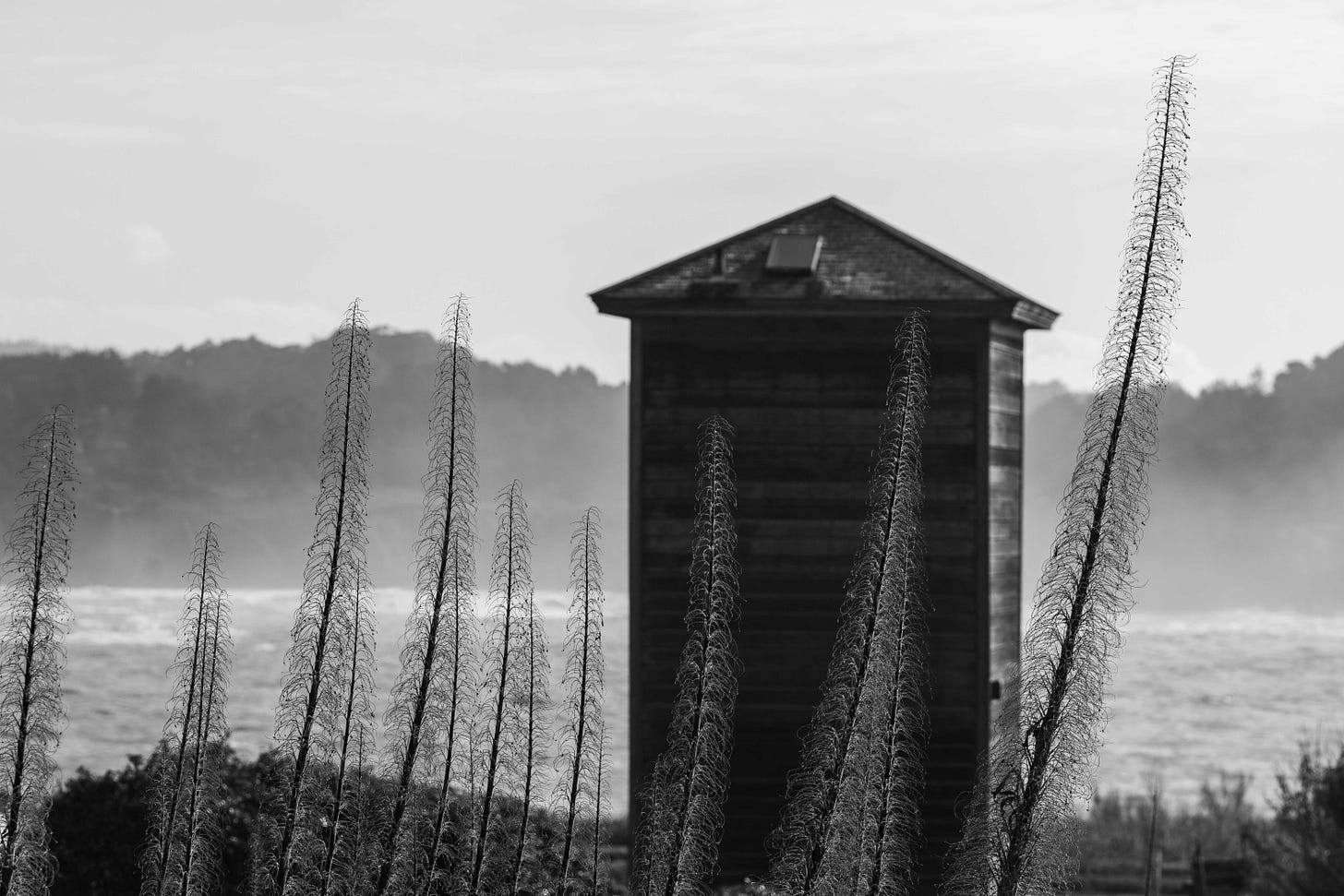
Perhaps my favorite stop along the way on Highway 128 is Geyserville. There, in an old brick building fronted by a wooden boardwalk, is Diavola Pizzeria & Salumeria, one of the best Italian restaurants I know. Creative and authentic pizzas are cooked in a big, wood-fired oven in full view, and the menu reflects local ingredients in an ever-changing list of pastas, salads and risottos. But the one dish I dream about is their Beef Tripe Alla Fiorentina, topped with a fried egg and served with garlic-rubbed toasts. For me, that dish alone is worth the drive to Geyserville.
Their wine list is an ode not only to Northern California wines but to lesser-known Italian ones. I can almost always count on a vermentino, for example. It’s not surprising to bump into friends there who live in the area as the restaurant is as popular with locals as it is with visitors, if not more so.
Yorkville Highlands to Boonville
Leaving Geyserville behind, Highway 128 overlaps with Highway 101 for 10 miles before turning west just past Cloverdale to climb the twisting two-lane road through the Yorkville Highlands. As the road gradually descends, the gentle Anderson Valley, dotted with apple orchards, spreads before you. The first stop is Boonville.
The options are plentiful. The Anderson Valley Brewing Co., the Foursight Winery with its lavender fields, Pennyroyal Farm with goats, wines, cheese and family-friendly tours are all possible stops, even before you get into town proper.
When you do arrive, there, in the heart of town, stands the iconic Boonville Hotel. The hotel and its acclaimed restaurant are owned and operated by various members of the Schmitt clan, the children and grandchildren of Sally and Donald Schmitt, the original founders and owners of The French Laundry. The family’s taste in design is impeccable and exciting, and it shows in the hotel lobby, restaurant and rooms. Every Sunday, from Memorial Day weekend to mid-October, Perry Hoffman, Sally’s grandson and former chef at Shed in Healdsburg, and his team cook up a paella in the courtyard that is more than paella. It is a four-course menu of creative little plates with optional paired wines and cocktails to savor while you watch the paella sizzle and steam.
If you stop to spend the night, you can have breakfast either at the hotel or across the street at the Mosswood Market Café and Bakery, where the specialty is house-made empanadas.
Also across the street, Offspring, a casual spinoff from the hotel and Farmhouse Mercantile that is co-owned by a Schmitt family member, offers an eclectic collection of goods, from Boonville Farms condiments and peppers to one-of-a-kind cookware and tableware, linens, throws and paper goods. You never know what you’ll find, but you’re sure to find something – or, like me, many things, you want.
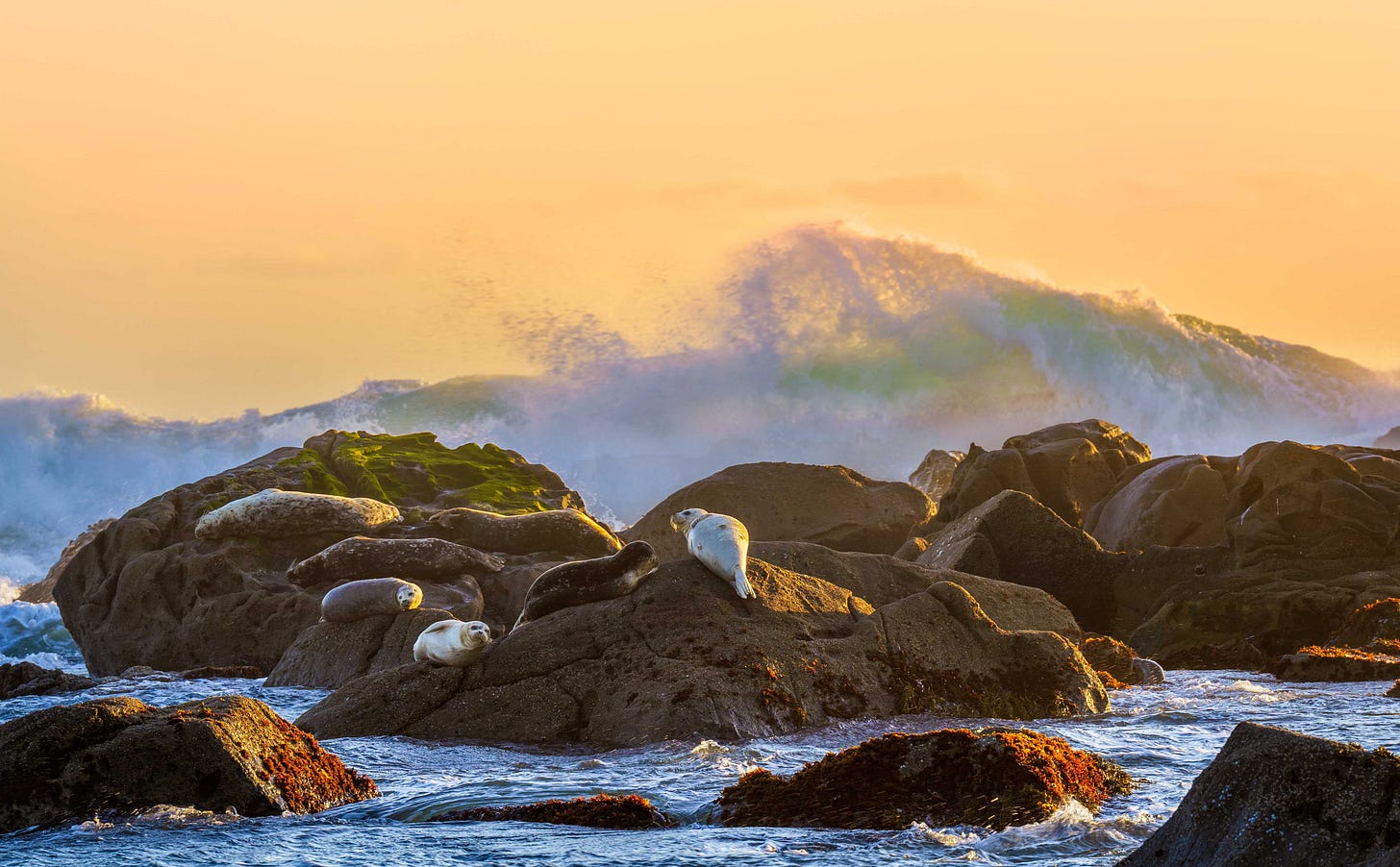
On to the Ocean
Highway 128 goes on through orchards, forests and vineyards. Tasting rooms beckon from both sides of the highway. Scharffenberger’s terrace, overlooking the Anderson Valley, is an elegant choice for tasting their sparkling wines. Farther along is the welcoming Navarro Vineyards tasting room with complimentary picnicking – first come, first served. You can bring your own food, or the winery has a limited choice of cheeses, crackers and other snacks. And, of course, either a bottle or a tasting of Navarro’s famed cool-climate wines is not to be missed.
The last winery you’ll see before arriving at the Pacific Ocean is Lula Cellars, a low-key, award-winning winery with an outdoor tasting area overlooking their vineyards where you are welcome to picnic and bring your dog.
Vintage Vocab
A hotel in Mendocino has gingerbread trim—but it’s not edible. What does “gingerbread” mean in architecture?
From here, Highway 128 starts to get darker and more forested, winding its way, like the river it follows, to the Pacific Ocean. In some spots the sun is blocked entirely by the overreaching canopies of the towering redwoods, and lush ferns overlap the edges of the road. Fortunately, there are multiple pullouts where you can park, step out in the woods and forest bathe to your heart’s content – or simply hug one of the extraordinary trees.
For the final stretch, the road opens up. There’s the expanse of the Navarro River on one side and the beginning of the coastal cliffs on the other. In front of you lies the majestic Pacific, the end of Highway 128 and the beginning of Highway 1.
Next Stop: Mendocino and the MacCallum House Inn
Turn left and Highway 1 will take you across the river and on to the town of Elk. Stay straight and the highway twists up from the ocean to the cliffs above for the final drive to the town of Mendocino and MacCallum House Inn.
Now is the time to open the car windows for the first breath of salty sea air mixed with the scent of the pine trees and huge eucalyptus that line the coastal road.
White picket fences and a smattering of inns and bed-and-breakfasts are tucked beyond the trees or perched above the ocean. In the distance you can see the cliffs of the town and its cluster of white cottages and Victorian buildings. A left turn off Highway 1 takes you into the heart of the historic town that rose up in the 1800s around a burgeoning timber industry.
The meandering streets are lined with an eclectic mix of simple cottages, Victorian gingerbread structures and water towers. Some are galleries, artists’ studios, grocery stores or holiday accommodations, while others are private homes, all mixed together. Everywhere there is a riot of lush greenery and flowers, thanks to the mild and often wet marine climate. On my way to the MacCallum House on Albion Street, I pass amblers armed with backpacks and walking sticks, sharing the streets with well-dressed tourists and locals going about their business. The ocean is never long out of view.
The MacCallum House Inn is a stately Victorian mansion, built in 1882. White and gingerbread-trimmed, it has a large wraparound porch, half enclosed by glass and all dedicated to seating the breakfast, lunch and dinner guests who flock here. I requested a window table for dinner in the glassed portion.
My room, I learned, was not in the main building but in another one a few blocks away. It was large, with its own balcony, where I immediately gravitated with my book and a glass of wine to relax. An hour later, it was time for dinner.
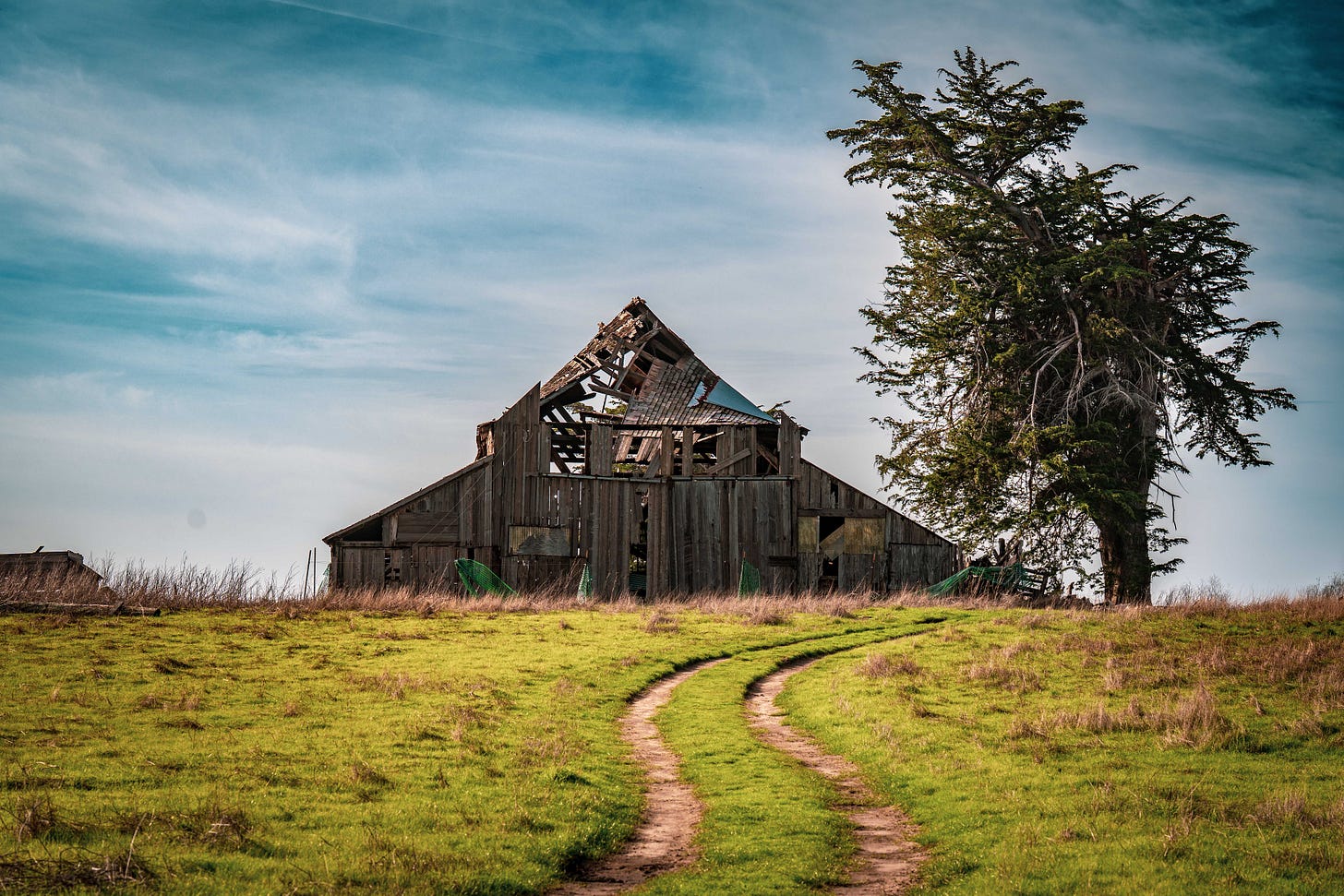
A fine dining experience awaited. The tables were set with white linens and fresh flowers; the servers were crisply dressed in black and white. Mine prompted me to order the caprese salad. I wasn’t tempted until I was told, “We make our own mozzarella.” A large platter arrived, layered with heirloom tomatoes, thick slices of fresh mozzarella and large dollops of pesto made with pistachios, the server said. The tomatoes were dead ripe, full of intense flavor, and these, combined with the taste and texture of the fresh cheese, the pesto and the rich olive oil were perfection, each ingredient standing on its own but part of the harmonious whole. The main course was oven-roasted wild halibut and seared duck breast, accompanied by a North Coast chardonnay. House-made plum sorbet topped off the meal.
After a sound night’s sleep, the windows opened to the sea breeze, I headed back to the MacCallum House dining room for breakfast. The morning air was crisp, the sky and the ocean so piercingly blue I had to shield my eyes. After two cups of cappuccino, poached egg, toast and homemade strawberry jam, I headed back the way I had come, Highway 1 to Highway 128. I did make a stop in Boonville for another cappuccino and a bacon-and-goat-cheese empanada along with a small shopping spree at the Farmhouse Mercantile.
—
Georgeanne Brennan is an award-winning cookbook author who divides her time between her farm in Northern California and a home in Provence. Learn more about her at her website.
Today’s Polls:
Poem of the Day
“The Road Not Taken”
By Robert Frost
Two roads diverged in a yellow wood,
And sorry I could not travel both
And be one traveler, long I stood
And looked down one as far as I could
To where it bent in the undergrowth;
Then took the other, as just as fair,
And having perhaps the better claim,
Because it was grassy and wanted wear;
Though as for that the passing there
Had worn them really about the same,
And both that morning equally lay
In leaves no step had trodden black.
Oh, I kept the first for another day!
Yet knowing how way leads on to way,
I doubted if I should ever come back.
I shall be telling this with a sigh
Somewhere ages and ages hence:
Two roads diverged in a wood, and I—
I took the one less traveled by,
And that has made all the difference.
About the author: Robert Frost (1874–1963), one of America’s most celebrated poets, was born in San Francisco but is most often associated with rural New England. Over his career, he won four Pulitzer Prizes and served as Consultant in Poetry to the Library of Congress (a role later renamed Poet Laureate). His verse, deceptively simple in diction and form, is layered with ambiguity and emotional depth.
About the Poem: First published in Mountain Interval (1916), “The Road Not Taken” remains Frost’s most widely read and debated work. While popularly viewed as a hymn to rugged individualism, the poem is more reflective than triumphal. Frost reveals that both paths were equally worn, yet the speaker insists on remembering the choice as decisive. The irony lies in how we reframe ordinary decisions as life‑defining stories in retrospect.
Connection to the Article: Georgeanne Brennan’s Highway 128 journey echoes Frost’s meditation on choices and the meaning we assign to them. Her seemingly spontaneous detours and roadside pauses, like Frost’s “roads,” become the very moments that shape a deeper, more memorable experience.
Are you a poet, or do you have a favorite piece of verse you'd like to share? Napa Valley Features invites you to submit your poems for consideration in this series. Email your submissions to napavalleyfeatures@gmail.com with the subject line: "Poem of the Day Submission." Selected poets will receive a one-year paid subscription to Napa Valley Features (a $60 value). We can’t wait to hear from you.
Today’s Caption Contest
Pick your favorite caption or add your own in the comments below.
Possible Captions:
"Day 46: My influencer experiment has failed."
"Never trust the cloud with your dreams."
"Some mornings, the water just seems heavier."
"Time isn’t linear. It’s a bowl."
"Freedom, as it turns out, is mostly optics."
Last week’s contest results
In “Haggis Meets Hot Dog — A Tale of Culinary Crossroads,” the winning caption was “Every journey begins with a single nut,” with 45% of the votes.
“Time to face my roots.”
“Every journey begins with a single nut.”
“Inheritance can be a tall order.”
“My, how you’ve grown since I last saw you.”
“When your family tree is a literal tree.”
Last Week
In “Haggis Meets Hot Dog: The Beautiful Blending of Culinary Cultures,” Sasha Paulsen reflected on her family’s cross-cultural connections, sparked by her daughter’s marriage to a Scottish man and their life in Wales. She explored how these ties have broadened her worldview, with humorous and thoughtful commentary on food traditions ranging from Napa finds to haggis tacos and tattie scone nachos. The article also touched on grocery store tourism, DNA ancestry and the blending of American and British habits. Paulsen used culinary mashups to illustrate the value of openness, optimism and curiosity in an interconnected world.
In “Grant Program Expands Jameson Humane’s Reach,” Dave Stoneberg reported on Jameson Humane’s new Grants for Global Stewardship initiative, which will provide $120,000 in biannual funding to animal welfare nonprofits. The program reflects the organization's shift away from operating a flood-prone rescue ranch toward broader support of innovative animal care efforts across the U.S. Founder Monica Stevens described the effort as a way to increase impact through collaboration. The grant program debuted at June’s Wine-a-PAW-looza fundraiser, which raised over $1.3 million, including $250,000 specifically for the grants. Applications will be accepted in September and reviewed by a 10-person committee.
In “The Tiny Intruders That Help My Garden Thrive,” Penny Pawl described the beneficial presence of toads, lizards, snakes and frogs in her Napa garden. As a UC Master Gardener, Pawl explained how these creatures support pest control and how her decision to stop using chemical sprays has helped them thrive. She recounted run-ins with blue-belly lizards, alligator lizards and racer snakes, emphasizing their roles in keeping rodent and insect populations in check. The piece encouraged readers to view these animals not as pests but as allies. Pawl also noted a decline in snake sightings and expressed concern about human impact on their populations.
In “Slow Buy for Fast Change,” Marilyn Knight-Mendelson examined how individuals in Napa are addressing waste through reuse and repair rather than consumption. She highlighted local efforts such as Juniper Station’s refillery, thrift stores, the Napa Library’s “Library of Things” and a toy library that reduce the need for new purchases. The article also detailed a recent repair fair hosted by the Napa County Resource Conservation District, where volunteers helped fix 40 items, diverting 500 pounds of waste. Knight-Mendelson contrasted these efforts with the limited effectiveness of recycling and emphasized the value of adopting a “slow buy” mindset. She also pointed to France’s “repairability index” as a model worth emulating.
In “Wine Chronicles: Albariño Emerges as Napa's Next White Wine Contender,” Dan Berger examined the growing local interest in albariño, a white grape variety with roots in Spain and Portugal. He described how climate pressures and shifting consumer tastes have led Napa Valley winemakers to explore alternatives to traditional varietals, with albariño offering bright aromatics and food-friendly acidity. A blind tasting of 10 albariños, including several from Napa producers like Hendry, Mahoney and Lola, revealed a surprising depth and diversity of character. Berger highlighted the 2022 Quinta Cruz albariño as the top pick, with Napa entries close behind, noting the wines' expressive profiles and aging potential. He framed the rise of albariño as part of a broader shift toward innovative white wines in the region.
Answer + Explanation
Ornate wooden trim. In architecture, “gingerbread” refers to highly decorative wooden detailing, especially popular on Victorian-era homes. These scroll-cut patterns and brackets add a lacy, delicate effect to porches and gables — charming but entirely inedible.
—
Explore These Related Articles:
Browse All Napa Valley Features Stories
Napa Valley Features is reader-supported. To receive new posts and support our work, consider becoming a free or paid subscriber.



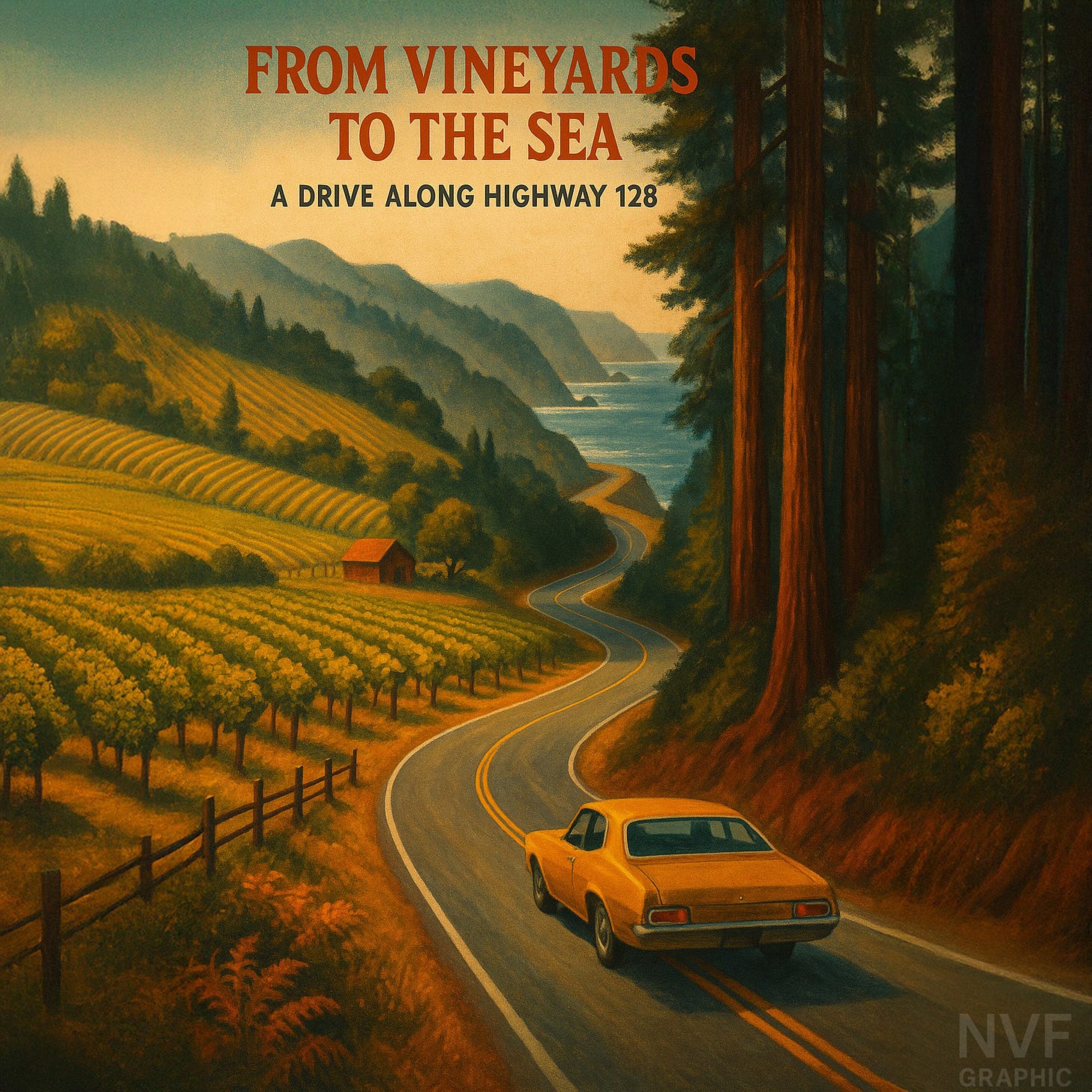



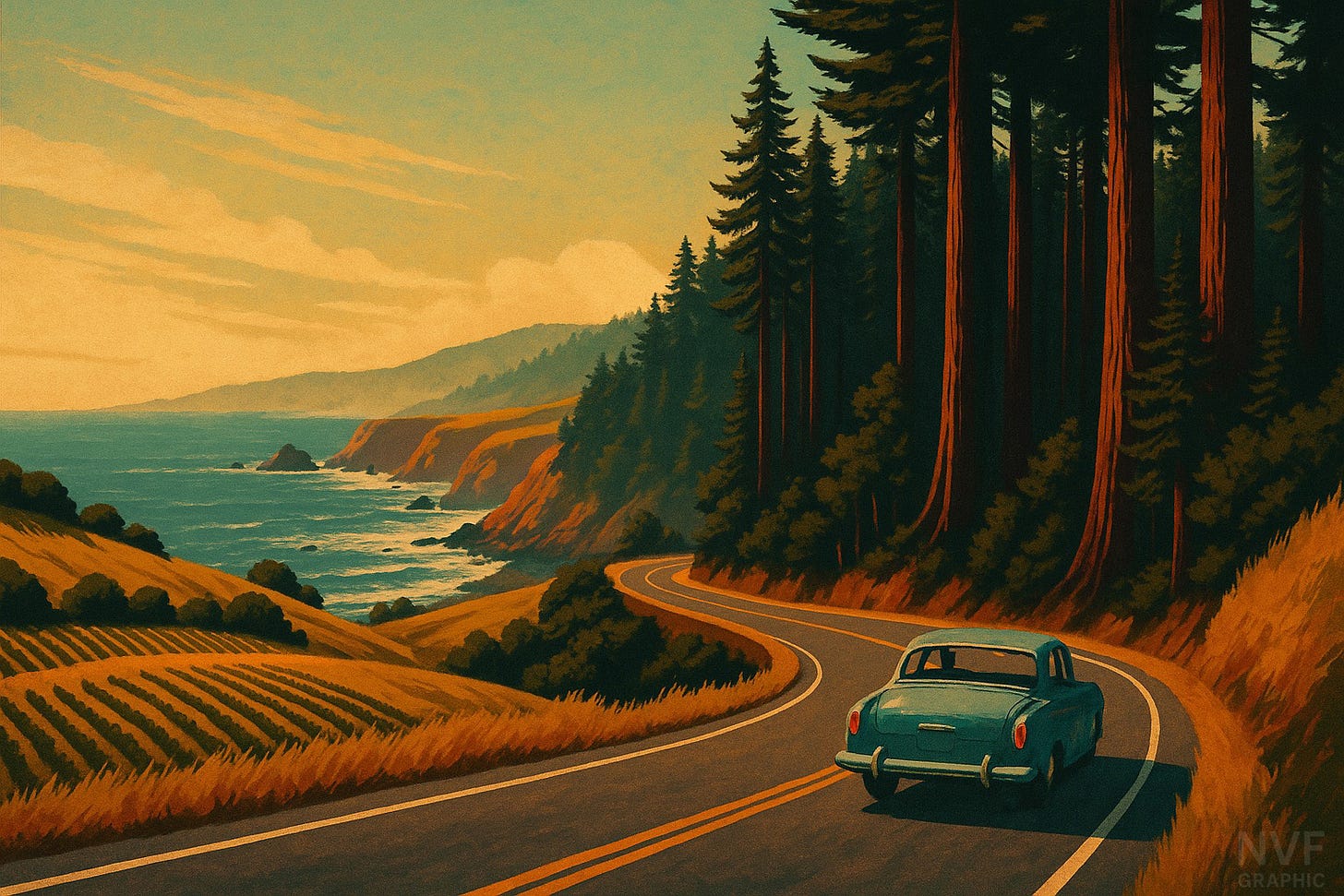

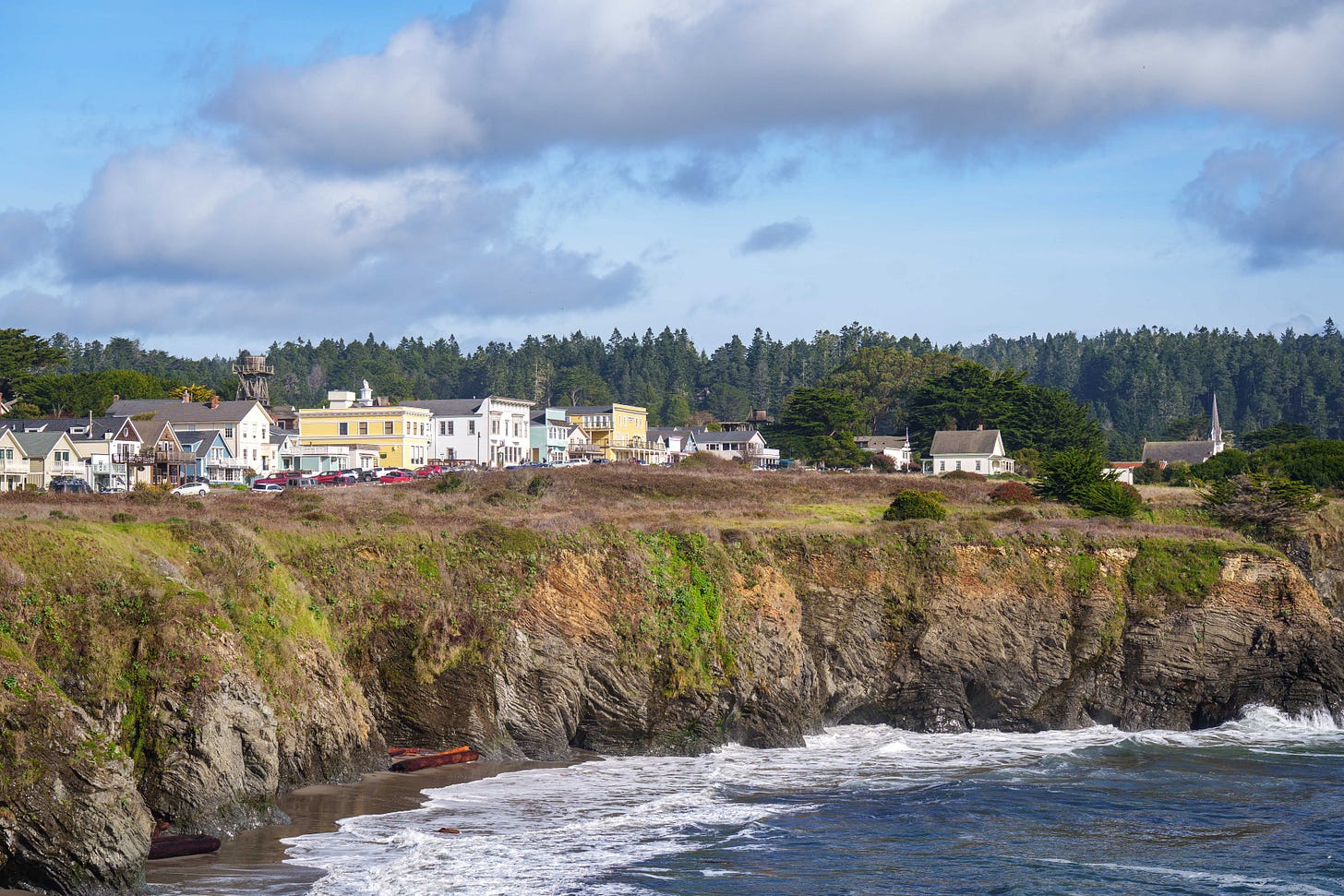

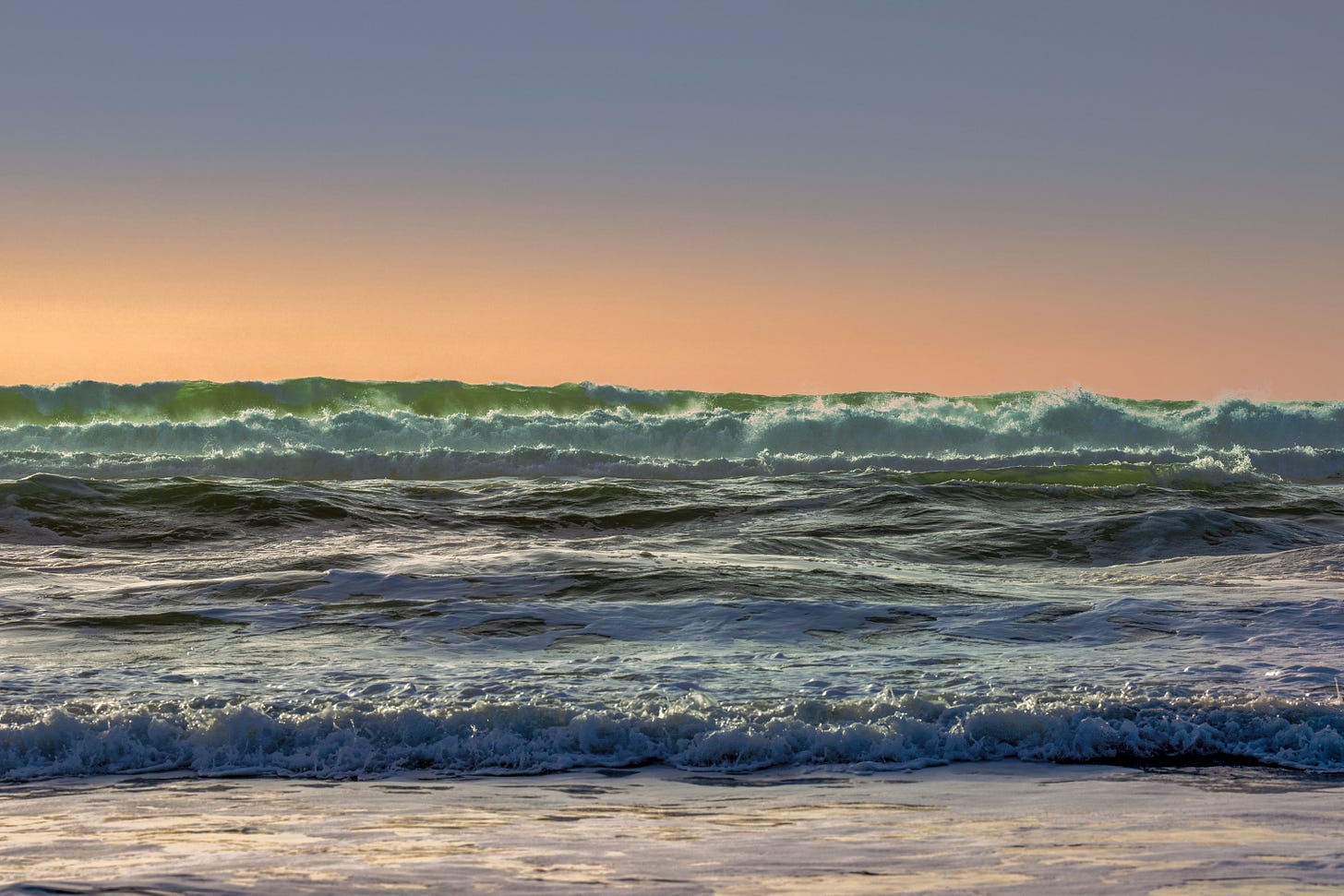


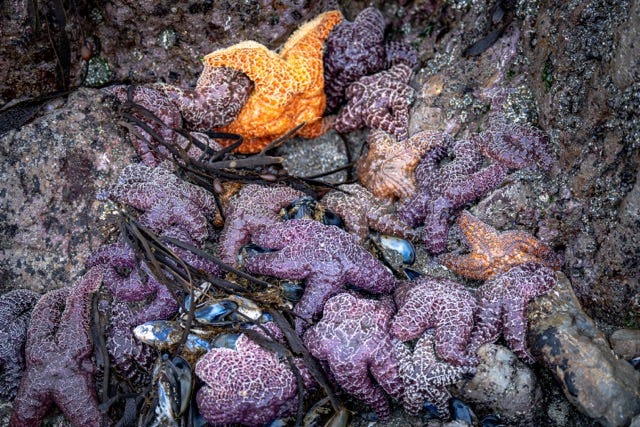

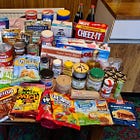
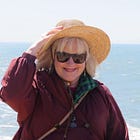
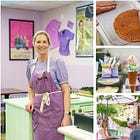
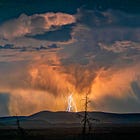





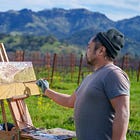
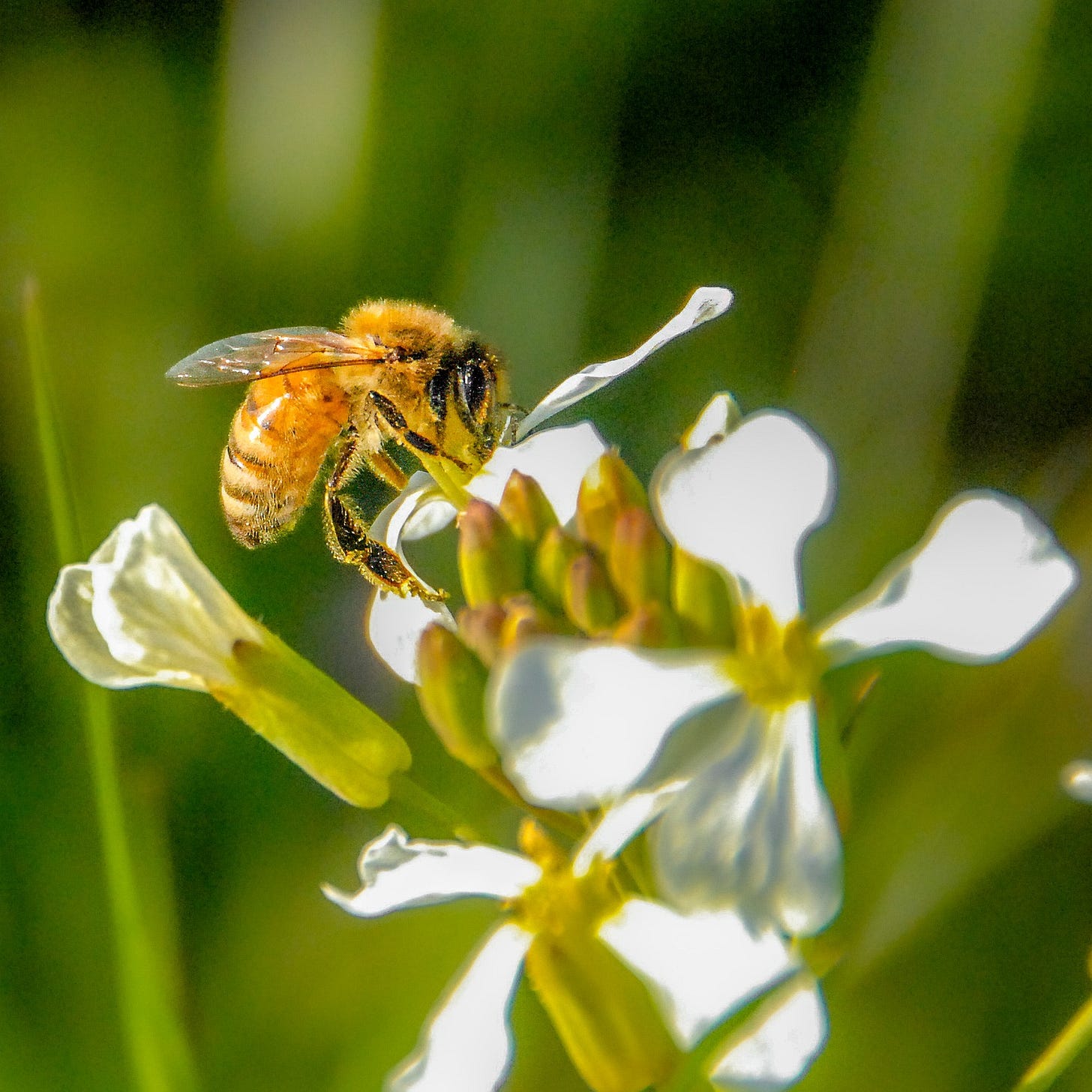
Wonderful photos from Tim Carl!
Thank you taking us along and inside beautiful places.